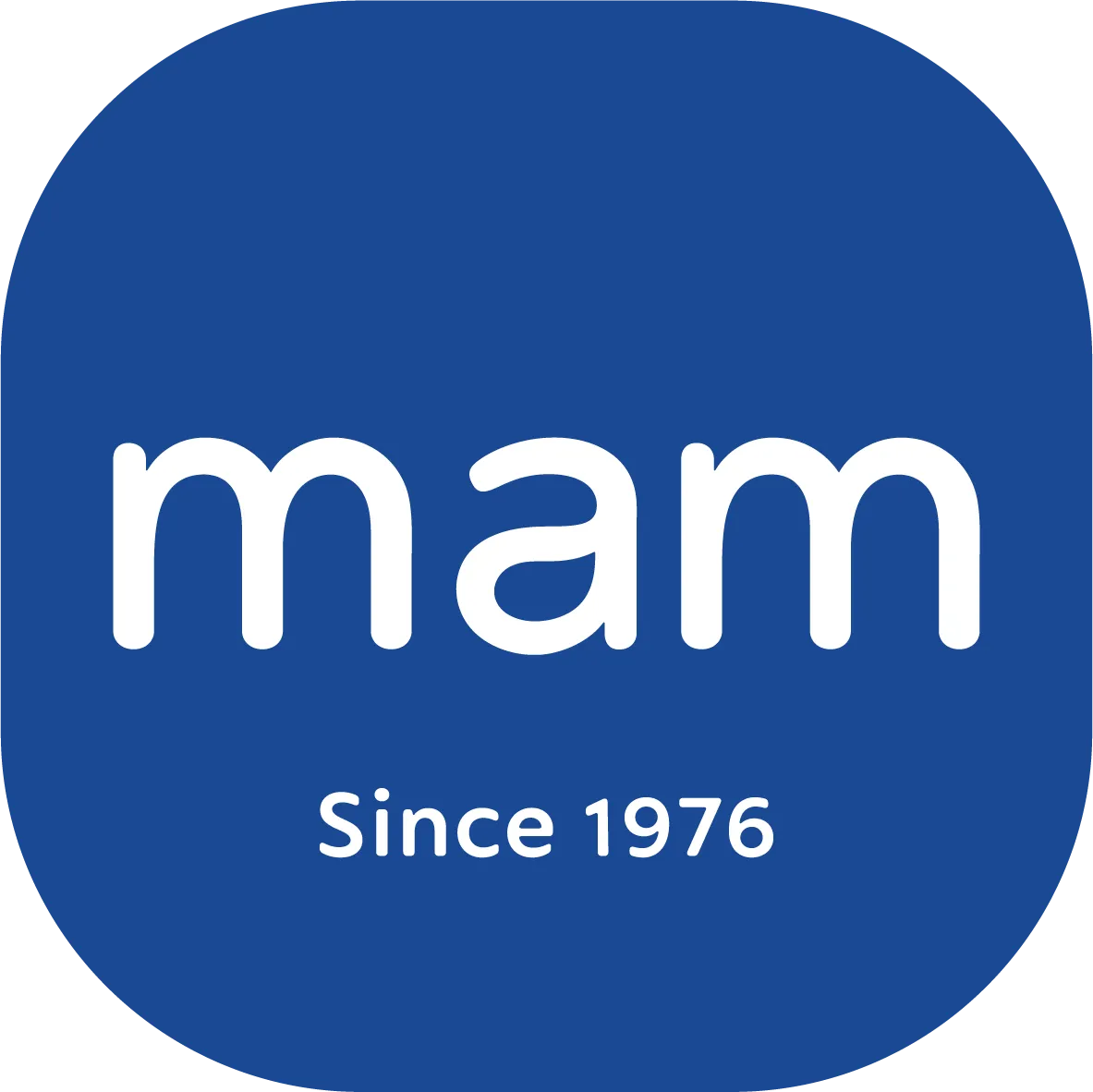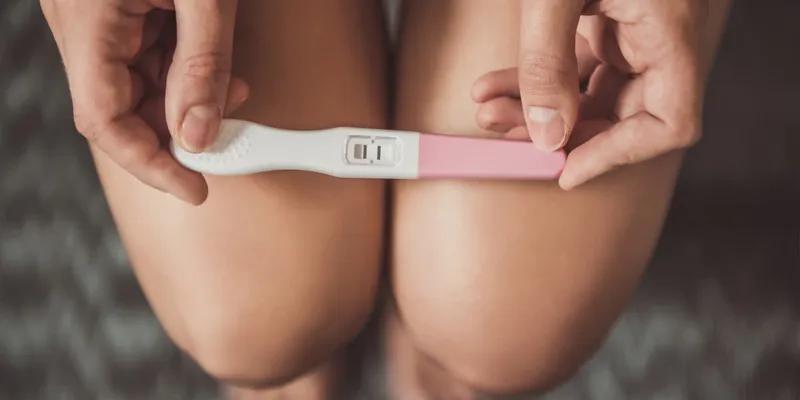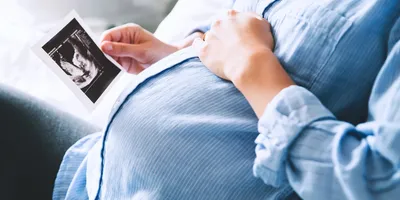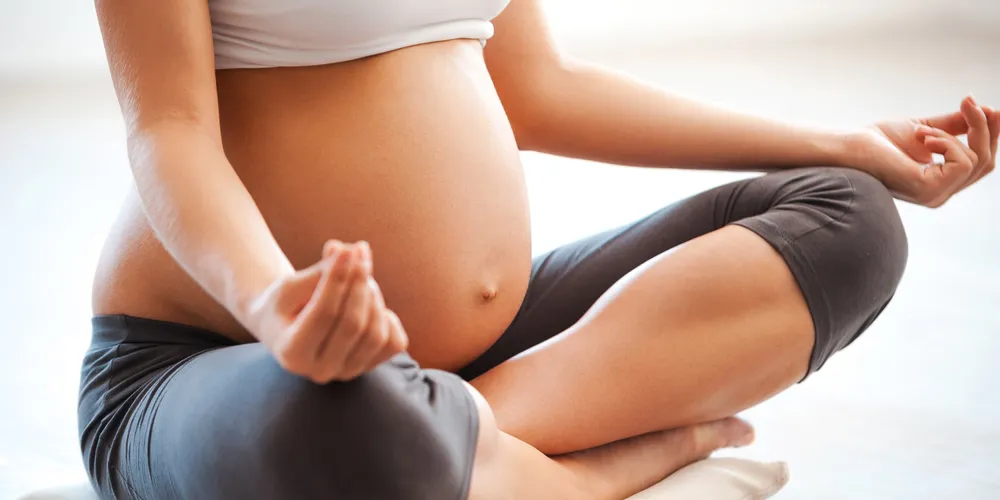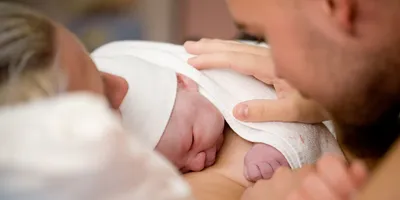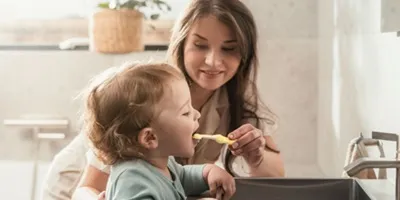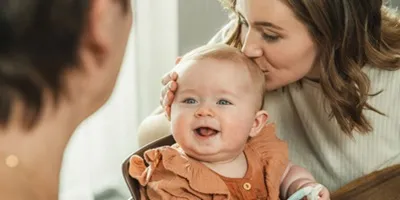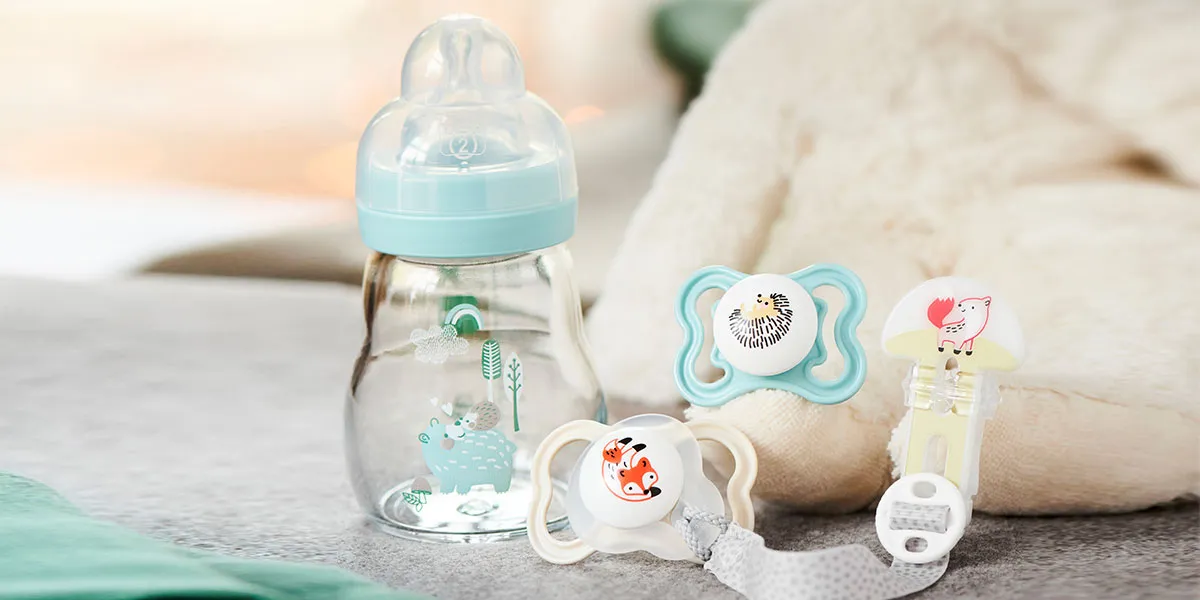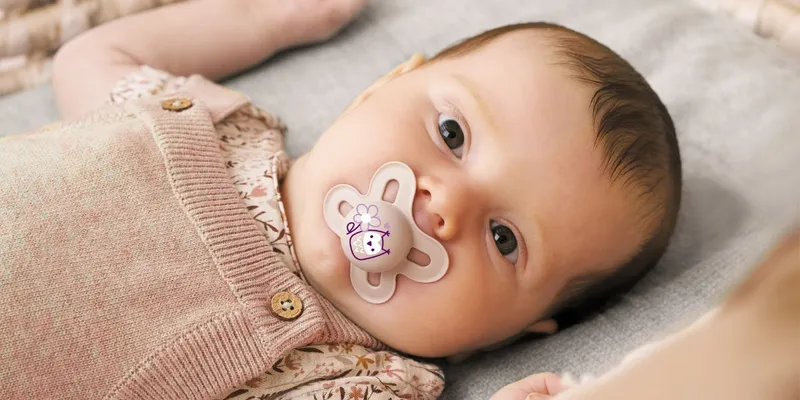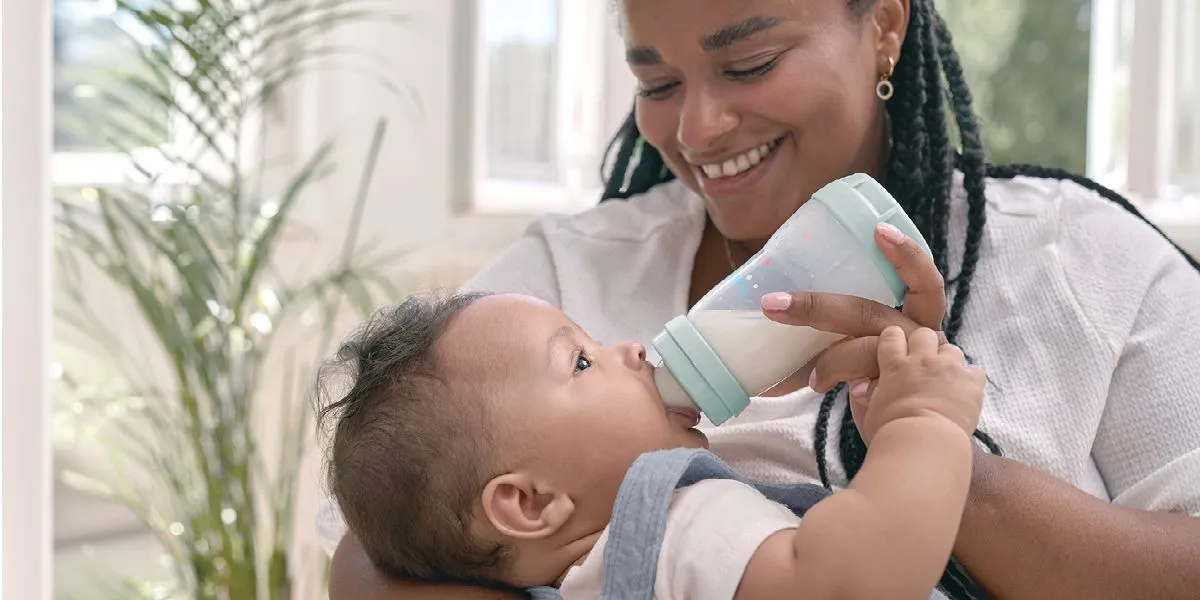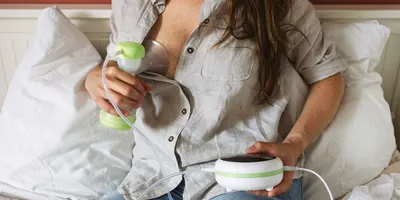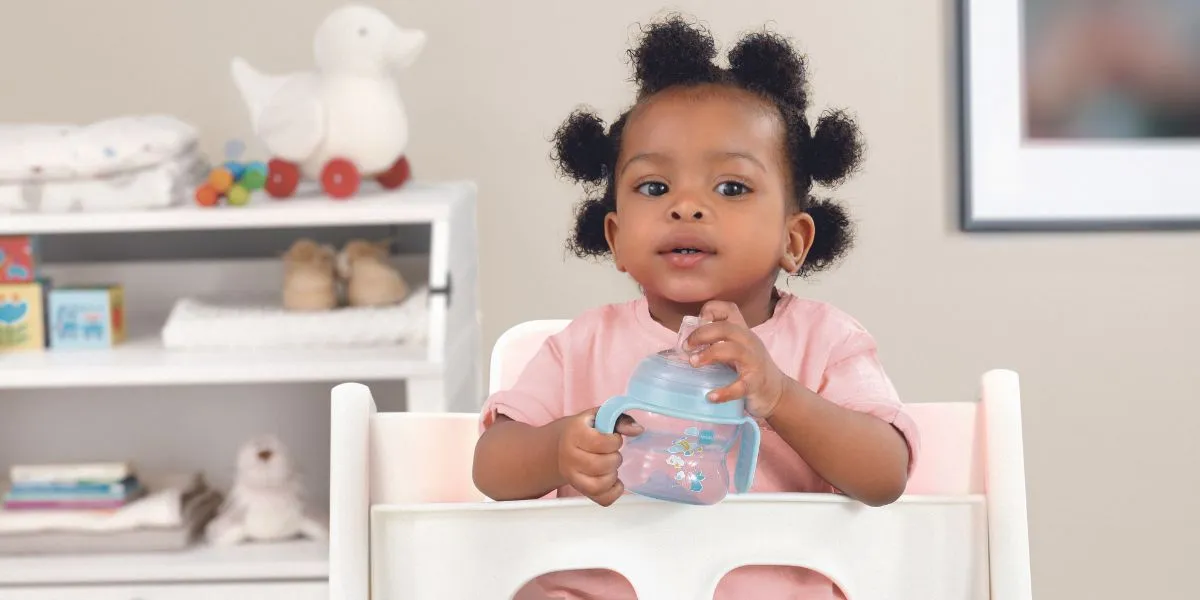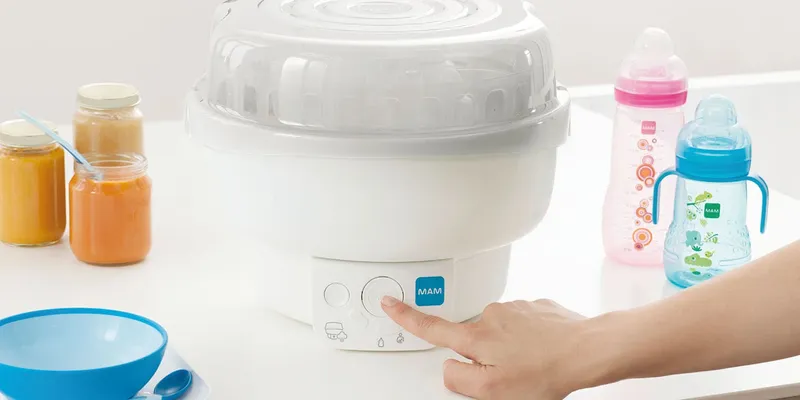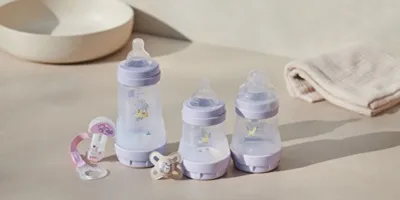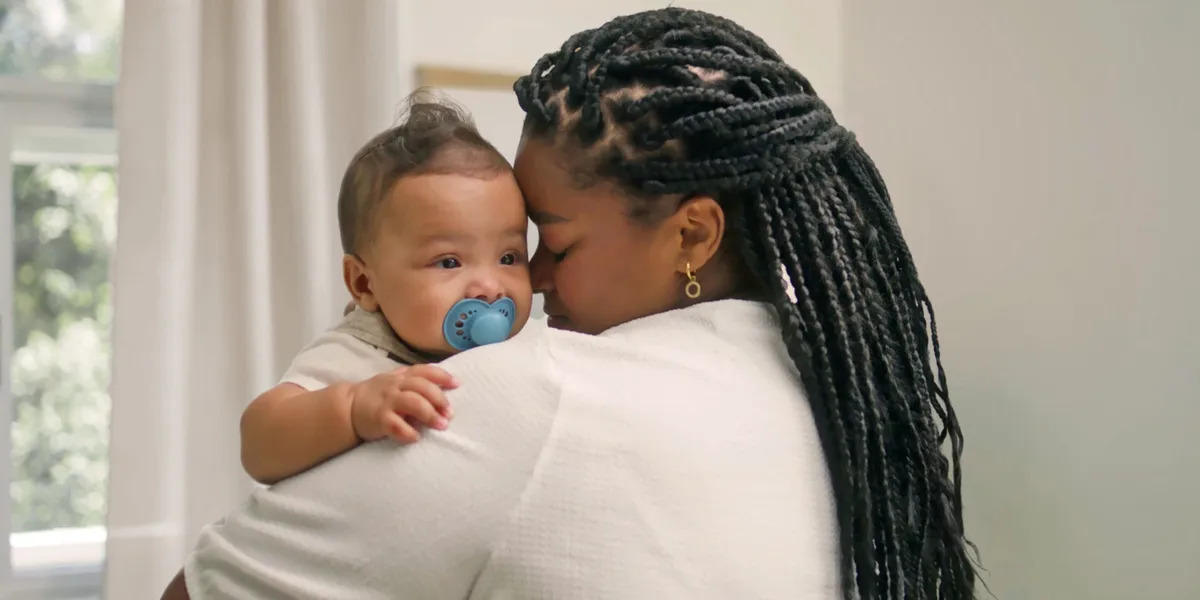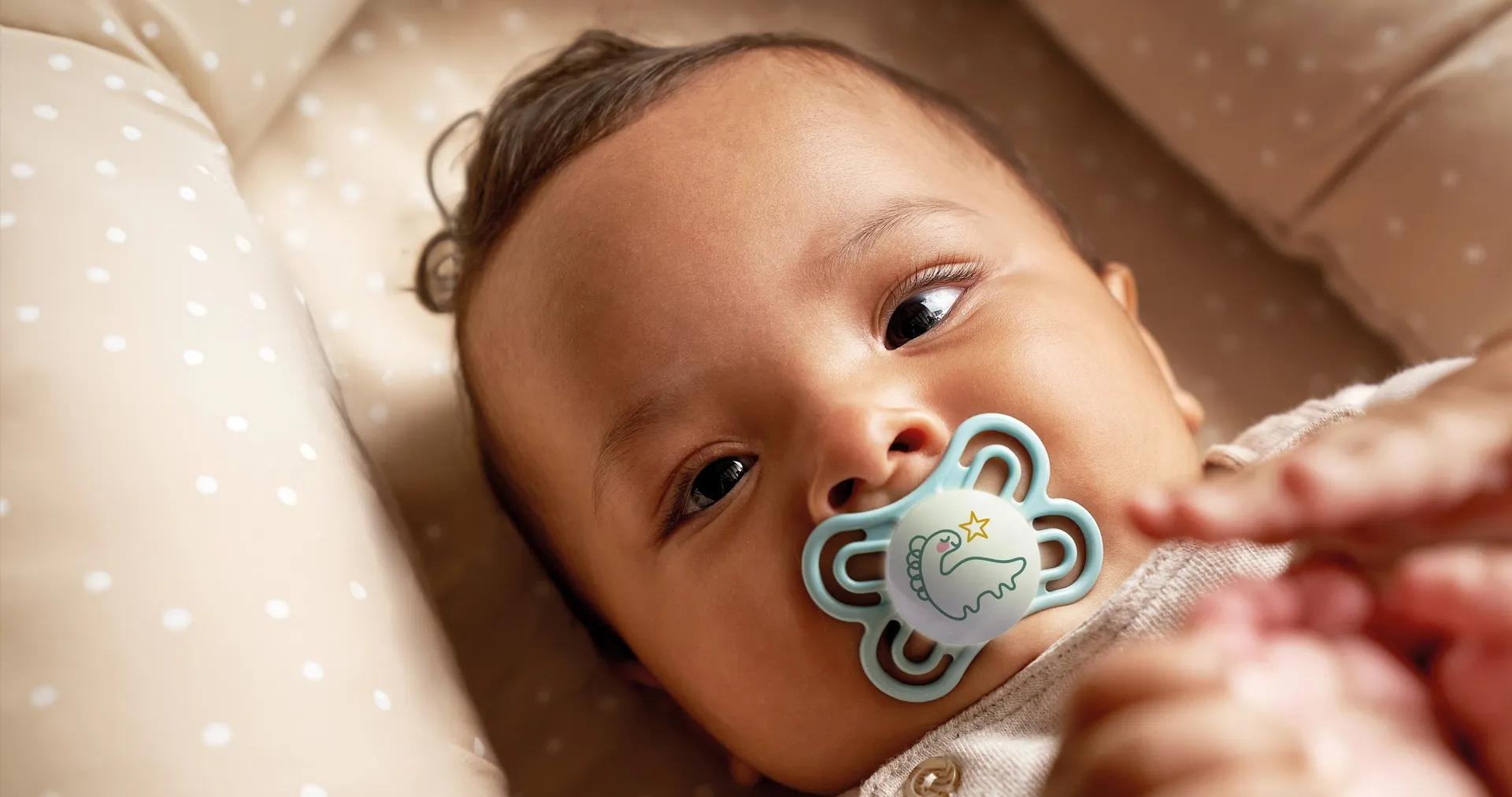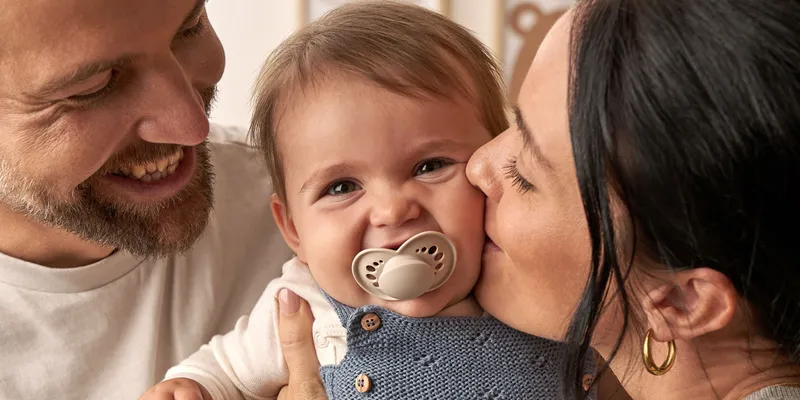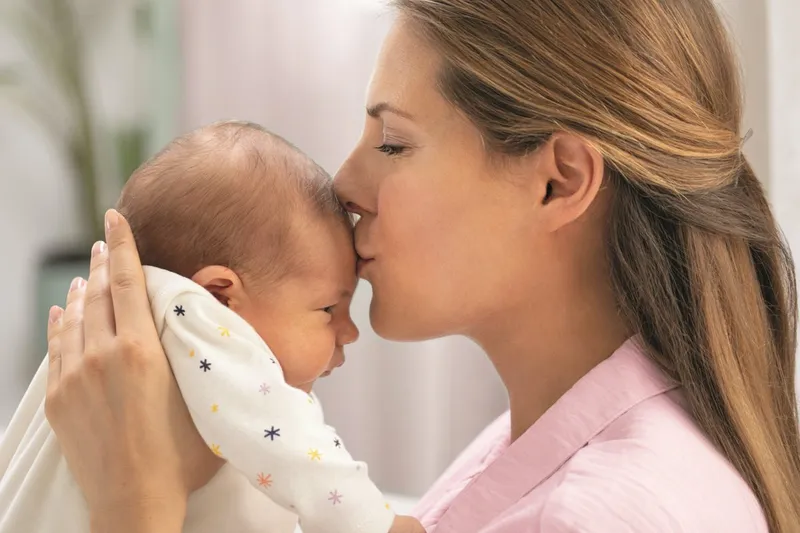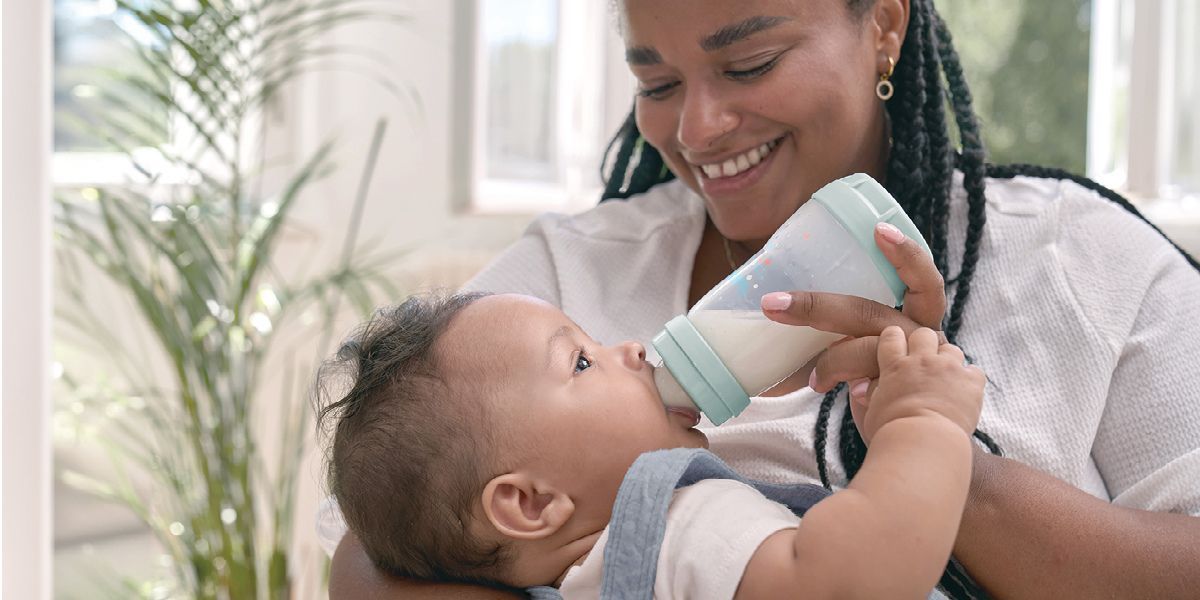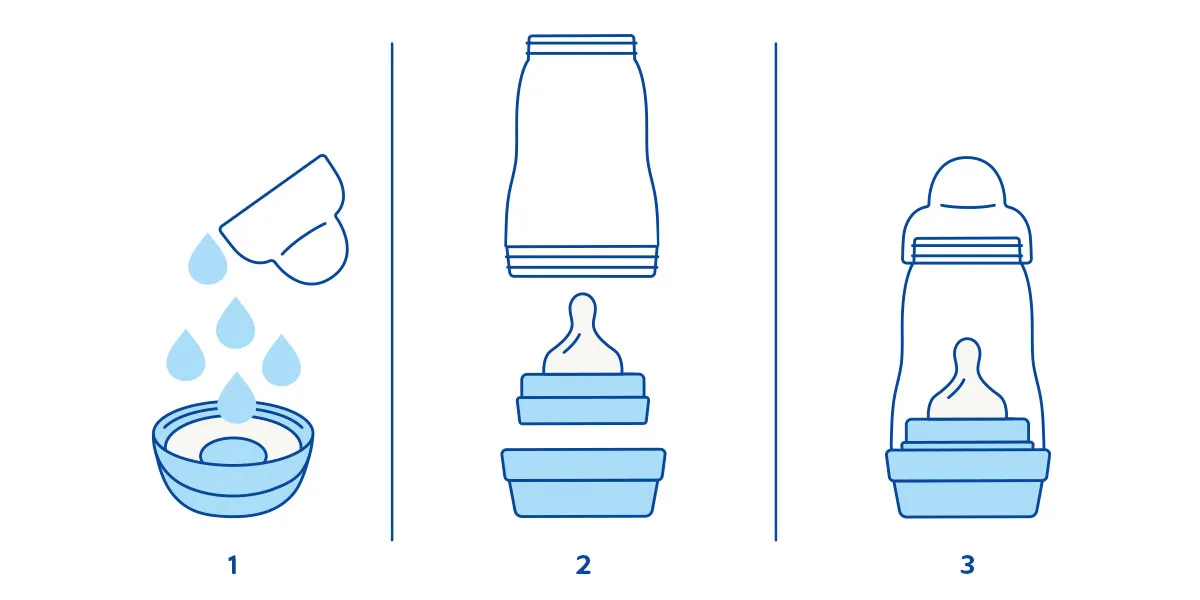Bottle teat
MAM has developed bottle teats in five different sizes. This means that the size of the holes is always perfectly matched to the stage of your babies development.
Five smart sizes for perfect enjoyment while sucking:
Size 0: Extra small for newborns - ideal for breastmilk & formula
Size 1: from birth onwards – for baby’s first food which is particularly free-flowing
Size 2: from 2 months – perfect for the baby who is now slightly better trained
Size 3: from 4 months – baby sucks more vigorously and drinks faster
Size x: from 6 months – ideal for thick liquids
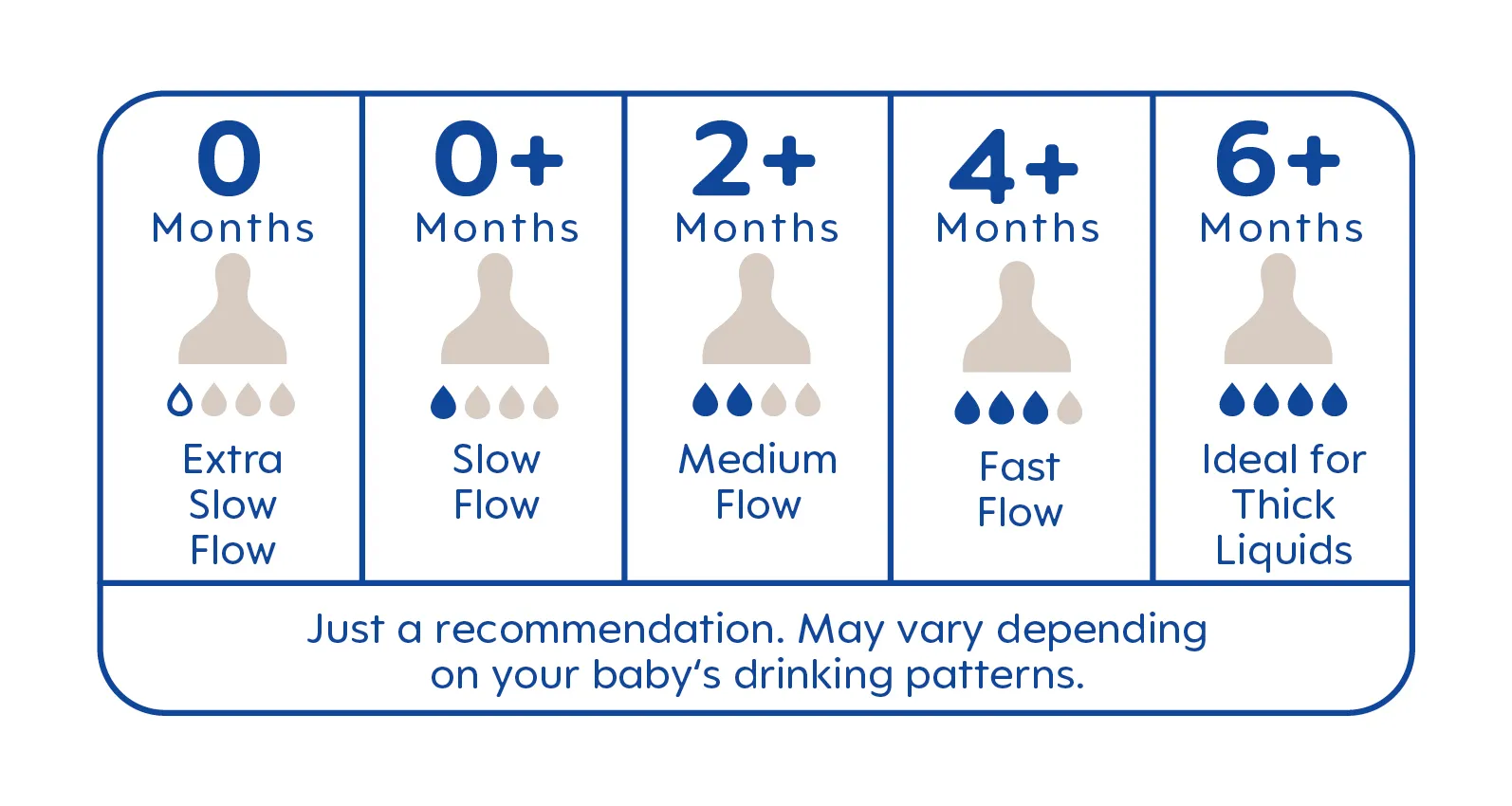
Bottle teats are simply rinsed with water and mild cleaning agent or cleaned in the upper compartment of the dishwasher.
The teat is sterilised before it is first used and then at regular intervals.
For hygiene reasons, the teats should be replaced at regular intervals. Simply check the teat each time you are about to use the bottle – especially when baby already has teeth – and replace it when the first signs of damage or weak points become apparent.
The MAM Teat is easily accepted by 94%* of babies thanks to its SkinSoft™ silicone surface and its unique flat shape, which feel so familiar to babies. This facilitates a switching between breast- and bottlefeeding.
(*Market research 2009-2023, tested with 1808 babies)
MAM Drinking Cups
Yes. Thanks to their patented valve, the MAM drinking cups always remain leak-tight when they should. At the same time, babies can drink from them with ease.
However, after drinking a few residual drops may still be left in the drinking spout. If the child shakes the cup forcibly, this small residual amount of liquid may escape – but no more liquid than this will.
Fizzy drinks are not recommended. They impair the leakproofness of the cup. Do not pour any hot liquids (over 40°C) into the drinking cup!
All components of the smart Learn to Drink Cups can be cleaned very easily: Either with water, mild cleaning agent and a soft sponge or in the top compartment of the dishwasher. In the dishwasher, the patented valve with the small hole is fixed on one of the bars.
Individual components in the MAM drinking cups can be discoloured by food.
Yes, all MAM drinking cups are made from shatterproof materials.
